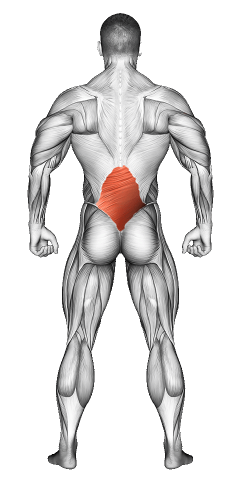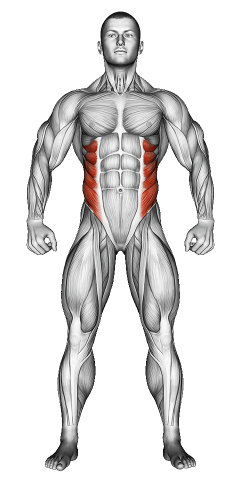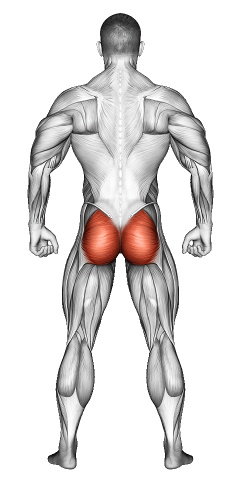Seated Spinal Twist: Video Tutorial & Stretch Guide

Written By: Claude Michael
Updated: Dec 18, 2024
| Workout | Seated Spinal Twist |
| Primary Muscle Group | Lower Back |
| Secondary Muscle Group | Obliques, Glutes |
| Equipment Required | Mat |
| Force Type | Bodyweight |
| Mechanics | Isolation |
| Exercise Type | Flexibility |
| Difficulty | Beginner |
Seated Spinal Twist: Video Tutorial & Stretch Guide
- 1.Seated Spinal Twist: Muscle Groups
- -1.1Primary Muscle Group
- -1.2Secondary Muscle Group
- 2.Seated Spinal Twist: Step-by-Step Guide
- 3.Seated Spinal Twist: Overview
- 4.Seated Spinal Twist: Benefits
- 5.Seated Spinal Twist: Pro Tips & Advanced Techniques
- 6.Seated Spinal Twist: Progression Plan
- 7.Seated Spinal Twist: Frequently Asked Questions (FAQs)
Seated Spinal Twist: Step-by-Step Guide
- Step 1: Sit on Your Mat » Start by sitting comfortably on your mat with your legs extended straight in front of you. Sit up tall, keeping your spine long. This upright position helps set a strong foundation for the twist.
- Step 2: Bend One Knee » Bend your right knee and place your right foot flat on the mat, just outside your left knee. Keep your left leg extended and flex your left foot for stability.
- Step 3: Set Up Your Twist » Place your right hand on the mat just behind you to support your spine. Now, bring your left arm up and then press your left elbow against the outside of your right knee. This positioning sets you up for the twist, allowing you to control the movement.
- Step 4: Twist to the Right » Begin twisting your torso to the right, turning slowly from your lower spine, then through your mid-back, and finally your shoulders. As you twist, keep your spine tall and avoid slumping. Each part of your back follows in a controlled, steady movement.
- Step 5: Hold the Twist » Once you’ve reached a comfortable twist, hold this position. Take deep breaths, using each exhale to relax further into the twist. Feel the stretch through your spine and core, keeping your posture strong and upright.
- Step 6: Release Slowly » Untwist gently by returning to the center, letting your back unwind from top to bottom. Release your arm and leg, and reset to the starting position. Take a breath here before switching sides.
- Step 6: Switch Sides » Repeat the twist on your left side. Bend your left knee, place your left foot outside your right knee, and twist to the left. Follow the same steps to feel the stretch on both sides evenly.
Seated Spinal Twist: Overview
The Seated Spinal Twist stretches your spine, core, and obliques while enhancing flexibility and mobility. This exercise encourages a full, deep twist through the spine, which helps relieve tension in your back and improves your overall posture.
Seated Spinal Twist: Benefits
The Seated Spinal Twist boosts spinal flexibility, relieves tightness in your back, and engages your core. Regular practice improves your range of motion and helps maintain a healthy spine. You’ll notice better posture and less stiffness over time, which can make daily movements feel smoother.
Seated Spinal Twist: Pro Tips & Advanced Techniques
- Keep Your Spine Tall: Sit up straight and avoid rounding your back. A tall spine allows for a fuller, safer twist.
- Breathe Deeply: Inhale to lengthen your spine and exhale to deepen the twist. Use each breath to get more from the stretch.
- Use Gentle Pressure: Press your elbow against your knee for a deeper twist, but don’t force it. The goal is to feel a comfortable stretch without strain.
- Keep Your Hips Grounded: Focus on keeping both hips stable on the mat. This stability protects your lower back and allows for a more effective twist.
Seated Spinal Twist: Progression Plan
Beginner
Intermediate
Advanced
Seated Spinal Twist: Frequently Asked Questions (FAQs)
What muscles does the Seated Spinal Twist work?
+This twist targets the spine, core, and obliques, giving a balanced stretch across your back and sides.
Can I add the Seated Spinal Twist to any workout?
+Yes! It’s a great addition to warm-ups, cool-downs, or flexibility routines. It works well to loosen up your back and core.
Is the Seated Spinal Twist good for back pain?
+Yes, it can help relieve tension in your back. But if you have any serious back issues, consult a professional before trying it.
How often should I do the Seated Spinal Twist?
+Include it in your routine a few times a week or as often as you need to stay flexible.
What mistakes should I avoid?
+Avoid slumping your back or twisting too fast. Stay mindful, keep your spine long, and use gentle movements to protect your spine and get the most out of the stretch.
Share
Don’t Wish for It, Work for It – Join the FlexXP Newsletter Today!
Thank you for signing up for the FlexXP Newsletter!
This site is protected and the Google Privacy Policy and Terms of Service apply.


